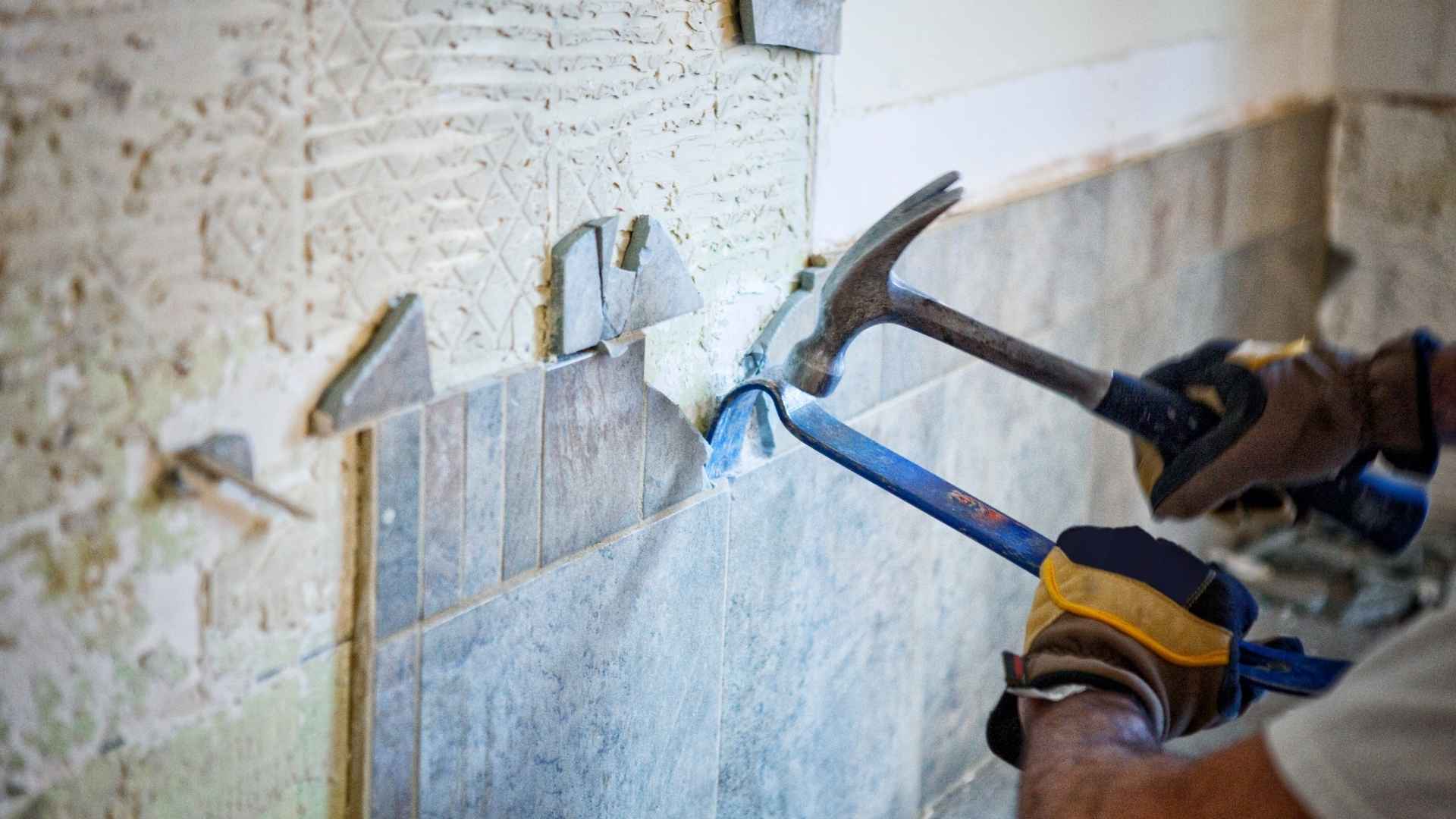5 Creative Ways To Pay For Your Home Renovation

Are you looking to rehab your entire house? Or do you simply want to add value to your property by fixing up a few key features? We’ve found five creative ways to pay for your home renovation without breaking the bank before you’ve even begun.
Personal loans for your home renovation
A personal loan is a great place to start if you are someone with good credit and a steady income. Most of these loans are less than five-year loans, so you won’t be stuck paying interest for decades. Also, there are a lot of companies currently offering near interest-free personal loans to help people manage their debt.
Obviously, if you have middling credit or are self-employed, it will be harder to get a lower APR. However, with the amount of personal loans out there, it’s not impossible with the right guidance. U.S. News & World Report has created a personal loan calculator you can use to help find the right provider for you. You can try it here.

A renovation mortgage
Another creative way to pay for your home renovation is to apply for a renovation mortgage. The Federal Housing Administration offers what is called the FHA 203k Loan Program. It can help finance up to $35,000 for home repairs, improvements, or updates. Essentially, as long as you have 3.5% of the cost of your renovation already in the bank, you can tack this loan on to your already existing mortgage. It can be a great deal, especially if you already have low monthly payments. A certified advisor will base the loan on the value of your home after the renovations have taken place, rather than before. This means your approved loan amount will be higher than if you took out a regular personal loan.
Obviously, there are some stipulations with this program. For example, the loan can only be used on a detached home or a pre-approved condo. There are also limits as to what the loan will actually cover–pools or any other “luxury” renovations are not included. But, if you have a fixer-upper that needs some tough love, this is a great option.

A line of credit can help with renovation costs
This is a great option if your project is a large one. You may not feel super comfortable about putting a massive reno on your credit card. You also may not feel like a personal loan is going to give you a good enough rate considering the size of your project. In that case, a line of credit is a great alternative. These are extremely useful if you believe that your renovation will greatly increase the resale price of your house. (Particularly in emergency situations like needing to replace the roof or another integral part of the house.)
A home equity line of credit is given at a fixed rate, which can initially seem higher than a personal loan. The APR on a personal loan can increase quite quickly as time passes, but with a line of credit, you will always know where you stand with your monthly payments. Interest rates on a line of credit can vary quite a lot, so it’s worth doing your research.

Credit cards can be tricky, but there are rewards available
I know, I know… It probably sounds a bit obvious. And yes, the interest charges can be risky, but these days there are so many different cards to choose from with all sorts of different perks and great rewards. For a list of the top rewards cards in March 2021, click here.
In some ways, the credit card option is the easiest option. The money is available to you straight away, and there are some that offer 0% interest for the first six months of use. If you have a relatively small home renovation project and feel like you can pay off your debt quickly, then this can be the most hassle-free way to go.

Go Green to save on energy renovation
Another creative, often overlooked, way to pay for your home renovation is to go green. Not only will going green save you money in the long run, but the IRS and other government schemes offer incentives to people looking to do their part in making the world a healthier place. This year, the residential energy property credit that is available through the IRS awards up to $500 of tax credits for making your property greener. It covers main air circulating fans, as well as new energy-efficient boilers and building materials.
There are also state and local grants that can help you renovate your property in an eco-friendly way. For example, in Wisconsin, Focus on Energy offers free energy saving packs that include eco-lightbulbs, high-efficiency shower heads, water-saving faucet devices, and heat-loss reducing pipe insulation to help cut down on your monthly bills. Residential customers can also receive up to $500 towards installing a solar electric system. It’s worth looking up different energy providers in your area to see if they offer anything promoting green housing.